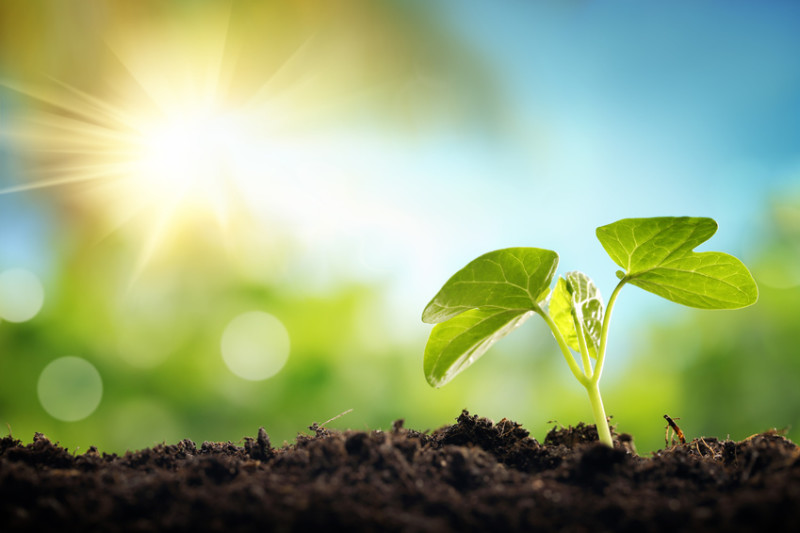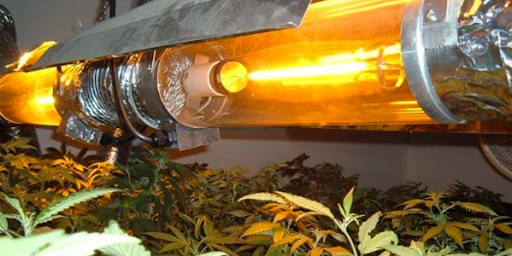Since prehistoric times, the "invention" of agriculture has brought considerable benefits to our ancestors, the most important of which is the possibility of obtaining conventional crops that can support the entire family.
The basic elements for fruit or vegetable growth are soil, water and sunlight.
The latter is considered a god because it can provide warmth, eliminate people's fear of night cows, and can grow healthy and strong plants to supplement human nutrition.
What if the major revolution in our millennium field is transformed into the possibility of growing agricultural products without sunlight?
Greenhouse crops have existed for decades, but have always been considered inferior to natural crops.
Are LEDs better than the sun?

However, now, a study conducted by researchers at the University of Wageningen UR in the Netherlands shows that tomatoes grown with LED lighting can produce a certain amount of vitamin C and other nutrients, equivalent to two times the exposure. Times. time. Only in natural light.
Compared with the normally grown tomatoes, the percentage is +100%!
This result is surprising because, precisely, artificially lit greenhouse cultivation has never been welcomed by farmers and consumers.
The experiment was conducted on a specific type of crop that has become very popular in recent years: hydroponics, which is a technique used to grow plants underground.
Basically, plants are immersed in a water tank to grow their roots, and then these rooted plants are "attached" to a natural layer (called a substrate) and specifically designed to support them.
In this way, plants can grow indoors (indoors), thereby limiting water consumption as much as possible, and most importantly, not using large areas of fertile soil.
Therefore, cleverly mixed irrigation, natural inorganic compounds can create an artificial climate, in which light is obviously the basic element.
In the greenhouse of the Dutch University, we hope to try to add artificial light components to the existing natural light through special windows.
The genius of the researchers allowed them to design a lighting system that illuminates the most hidden parts of the plant, thereby reducing sunlight exposure.
In fact, they are located at the bottom of the plant and illuminate from bottom to top, not the other way around.
The artificial light absorbed by tomatoes is about a quarter of the amount actually absorbed by the plant throughout the day, but although it is small, the effect it provides is much higher than expected.
According to this study, in addition to higher vitamin C content, tomatoes derived from this cultivation method are aesthetically more delicious and taste better than natural tomatoes.
But before LED lighting, what kind of light was used?

Before the advent of LEDs, the component most commonly used to generate artificial light in gardening was the high pressure sodium lamp (HPS).
However, such products do not emit specific waves to fully develop the photosynthesis process of chlorophyll.
In addition, high-pressure sodium lamps are very harmful to plants because the heat emitted during their work generates high temperatures.
Compared with LED lights, their service life is much shorter.
What are the advantages of using LEDs in planting?
The advantages of LEDs do not stop there, because they are usually designed to withstand unconventional atmospheric conditions (such as 90% humidity in a greenhouse), so they are lighting resources that can be adjusted to produce color fluctuations. Red and blue (by using these two colors of light for photosynthesis have a more efficient process) and reduce the need for energy supply, thereby reducing the impact on the environment.
All the factors leading to the smartest farmers have installed the latest generation of lighting systems in their greenhouses.
High-tech farmers are also experimenting with a new type of vertical cultivation technology related to LED lights, called vertical agriculture, which involves growing plants and vegetables in greenhouses and even cities equipped with large facilities.
In Japan, due to urban space constraints, indoor cultivation and even vertical cultivation have become more and more common.
In short, in order to cope with the increase in food demand by 2050, when four-fifths of the population will live in an urban environment and the world population will increase by 2.3 billion people, new farming methods must be tried, which will make the garden highly productive. And will not affect the quality of the product.
The findings of Dutch researchers may lead to major innovations in crops under adverse climatic conditions, because the soil quality is poor or too small to accommodate various crops.
If fruits and vegetables are better, it will be easier to export these systems to all over the world!























